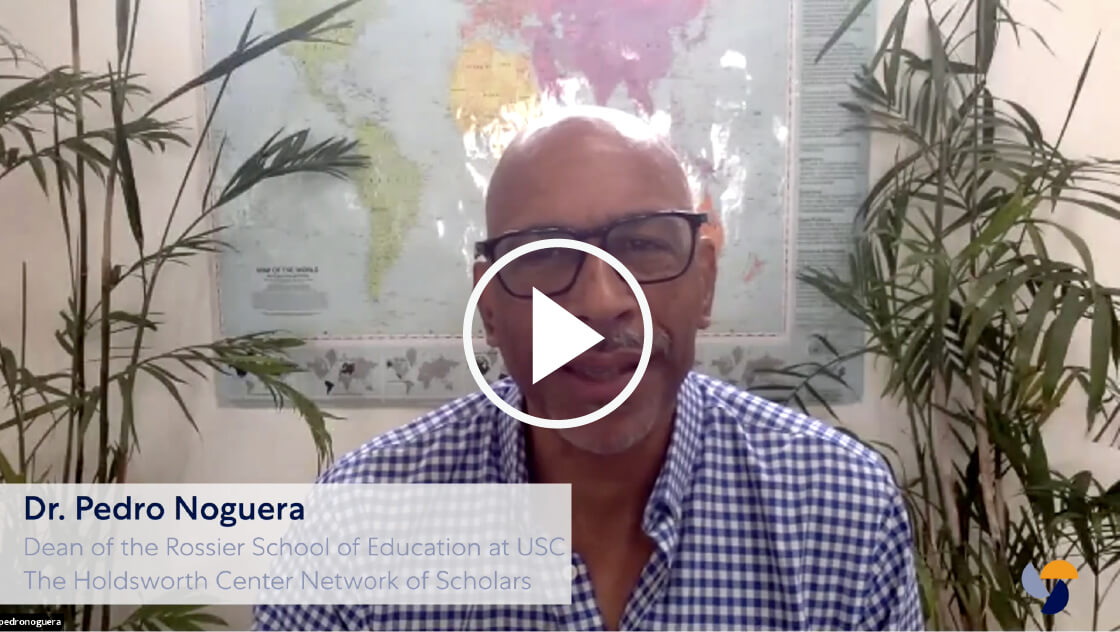ISSUE 41 • JULY 12, 2020
All month long, we’ll be talking about how to develop original thinkers for an uncertain world, an XQ Learner Goal.
As the school year comes to a close, we know that back-to-school planning is already on your minds. How can we reopen schools to #ReThinkHighSchool more equitably? We hope these Give Me Five resources help you do exactly that.
1. Adapt How to Reopen Schools With a Focus on Equity

“If we don’t aim high [when we reopen schools], we are going to end up right where we were.”
We need a paradigm shift in how we approach education—one that’s rooted in beliefs about what’s possible. Although the work to get there won’t be easy, it’ll be worth it.
Why it matters: Our students’ futures are in our hands. What will you do with that power? Let’s use it to create schools where students and teachers alike feel empowered to use education to improve lives. The Holdsworth Center held a webinar on how to reopen schools with a focus on equity.
Here are some tips from the webinar on how to set a high bar:
Here are some tips from the webinar on what to avoid:
Extra Credit: Find out the questions to ask yourself when drafting your school reopening plans. →
2. Plan Things to Think About When Planning to Reopen
Educators must face harsh realities while drafting school reopening plans.
Why it matters: The coronavirus pandemic can serve as a catalyst for changing education. And education is the key to addressing our country’s most pressing systemic inequities. The Brookings Institution held a webinar to talk about the implications of schools reopening.
The webinar outlined the factors policymakers and education leaders should plan for:
Here are some tips from the webinar to help inform your school reopening plans:
Extra Credit: Read the answers to questions panelists didn’t have time to answer during the webinar. →
3. Try Apply the Whole Child Approach When Reopening

“Children don’t leave behind their emotions, their diet, their traumas, their safety fears, their dental problems and so on when they get to school. If you’re going to help kids, you have to help the whole kid all at once.”
– David Brooks
New York Times Op-Ed Columnist
If we want to improve the quality of education students receive, we must also address issues that affect them outside of the classroom.
Why it matters: Education Post wrote about the Good Neighborhoods Initiative, a 10-year strategy aimed to measurably improve students’ lives in six Detroit neighborhoods by focusing on community building. Here are some of the results from the initiative:
Here are tips on how to use these learnings in your school reopening plans:
4. Share Solutions for Reopening Safely and Equitably
Reopening schools during a global pandemic is unchartered territory for all of us.
Why it matters: It’s easier to overcome unprecedented challenges that come with planning to reopen by sharing insights. Brooklyn Laboratory Charter Schools created a comprehensive framework detailing their school reopening plans.
The framework complies with CDC and AFT guidelines, including recommendations for health checks, seating configurations, and more. Here are some tips from the framework:
Extra Credit: Download the Brooklyn LAB framework as a guide to inform your school reopening plans. →
5. Shift Adopt the Mindset of an Equitable Educator

How will you address systemic inequities the pandemic amplified when schools reopen? And how will you prevent inequities from recurring?
Why it matters: Becoming an equitable educator takes deliberate study and practice. The TeachLab Podcast discussed educator mindsets you can adopt to explore new ways to support your students:
Extra Credit: Listen to the podcast for strategies on how to address race in the classroom. →
XQ X-tra XQ Expert Recs for Reopening

School reopenings create an opportunity to do things differently and to serve our students more equitably. Here are some recommendations from our Data, Research, and Policy team:
Connect with others and share your tips on the Rethink Together Forum. →
Photo by Green Chameleon on Unsplash







